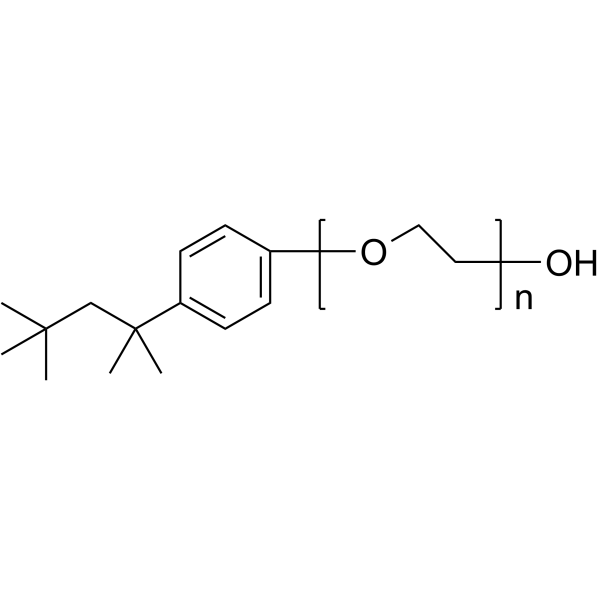| Structure | Name/CAS No. | Articles |
|---|---|---|
 |
Chloroform
CAS:67-66-3 |
|
 |
Ethanol
CAS:64-17-5 |
|
 |
Hydrochloric acid
CAS:7647-01-0 |
|
 |
cholesterol
CAS:57-88-5 |
|
 |
HEPES
CAS:7365-45-9 |
|
 |
Triton X-100
CAS:9002-93-1 |
|
 |
dichloroethane
CAS:107-06-2 |
|
 |
5(6)-Carboxyfluorescein
CAS:72088-94-9 |